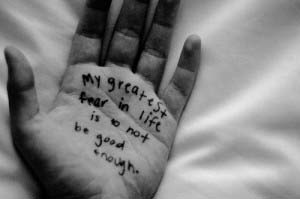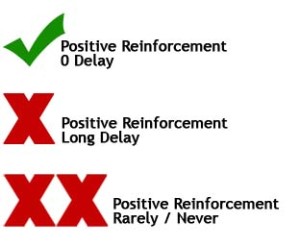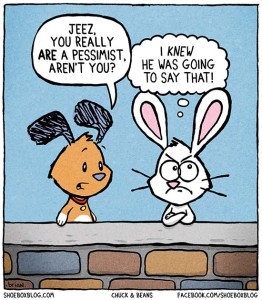 There are experts who propose that our two greatest fears are 1) Not being good enough and 2) Not being loved.
There are experts who propose that our two greatest fears are 1) Not being good enough and 2) Not being loved.
Really those fears are one in the same because what we’re really afraid of is that if we’re not good enough, competent enough, smart enough, “fill in the blank” enough, then we won’t be loved.
Think about this…
We are humans (big surprise right?) and as infants we depend on love, attention, and care for our physical survival. Therefore, somewhere deep in our psyche is a fear that if we aren’t loved, we could die — overly dramatic? Maybe, but haven’t you ever noticed that the intensity of some of your fears frequently are just not supported by the reality of the situation? The girl rejects you when you ask her out, or someone doesn’t agree with your opinion, or someone simply says “no” to you —so freakin’ what? But how many of us avoid experiencing rejection at all costs? It just doesn’t make sense! Oh yeah, it actually does make sense but what to do about it.
I’m certainly not here to say that patting yourself on the back and living a strengths focused life is all there is to it but building an internal foundation of personal acknowledgement and focus on what’s RIGHT about yourself can go very far in strengthening your certainty and confidence in yourself and lessen your concern of not being enough.
Just start small with noticing. Notice ANYTIME you do something remotely in the direction of being, doing, having, creating what you truly desire and then build on that by consistently giving yourself credit / acknowledgement for whatever you noticed. Here’s a simple, personal example.
I’m not sure why but I just never was comfortable giving people compliments. I would think a nice thought about someone in my head and then not say it aloud to them. I decided I really wanted to learn and get comfortable with expressing these thoughts to people. One day (not really all that long ago — this is an ongoing habit I’m building) I went into a restaurant and the hostess was a girl of about 19 who had the most beautiful, bright face I’d seen in a long time. As she was escorting us to our table I realized what had just happened — I had had the thought and didn’t say anything. Right then I stopped and turned to her and said, “I was just thinking that you have one of the most beautiful, bright faces I’ve seen in ages. How do you do that?” She beamed even brighter and started talking about how she loved her job and was having such a good time with it and school, etc. She felt GREAT and I felt GREAT.
I must have given myself a dozen pats on the back over the next few days for that little progress in being a person who expresses compliments to others and it just made me want to do it more! The Pat Yourself on the Back iPhone App is a great little tool for helping you acknowledge yourself but you can certainly do it on your own.
When you focus on progress, on little and big accomplishments, on what you like and / or appreciate about yourself, you will be more likely to enjoy the acceptance and love of the outside world but your fear of not having it will diminish greatly – ahhh what a relief 😉
Spread the word,
Debra
 Okay Debra, now you are taking this pat yourself on the back stuff a little too far! What do you mean — celebrate every time you fail?
Okay Debra, now you are taking this pat yourself on the back stuff a little too far! What do you mean — celebrate every time you fail?







